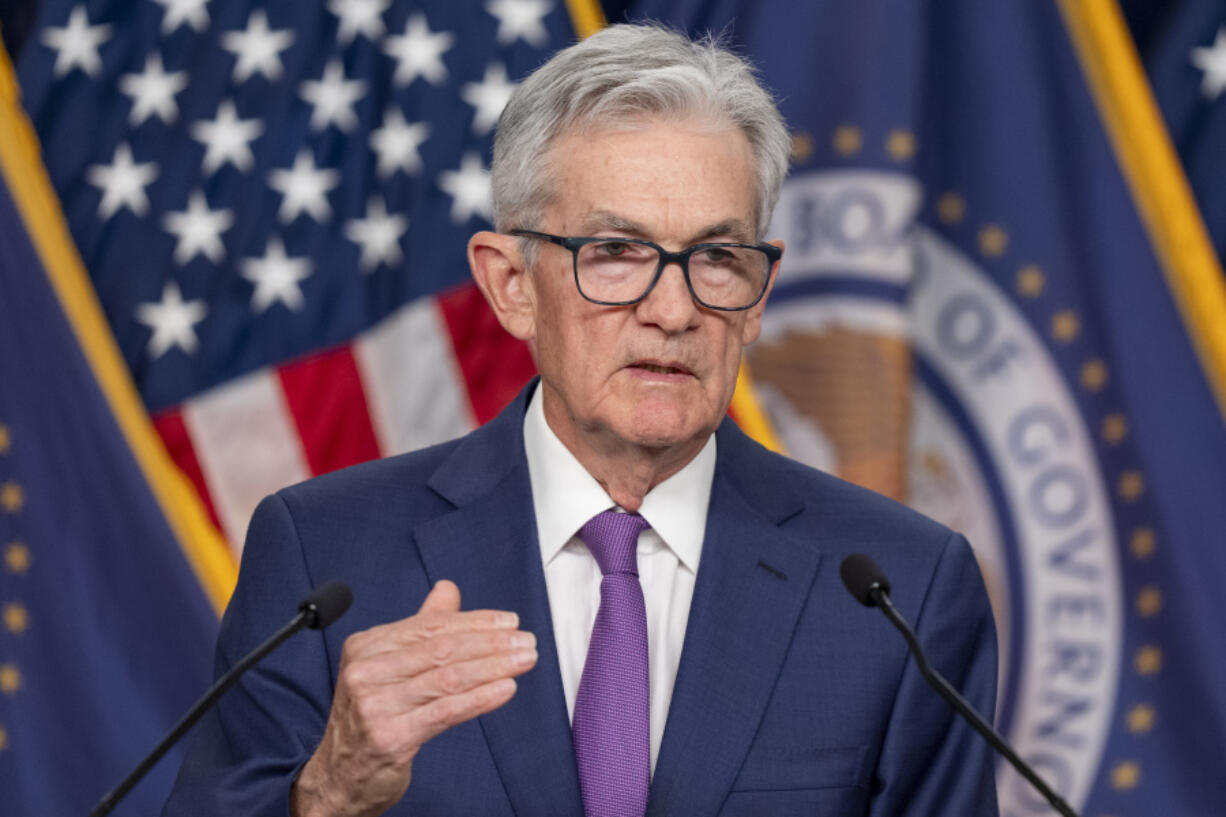WASHINGTON — Chair Jerome Powell said in an interview broadcast Sunday night that the Federal Reserve remains on track to cut interest rates three times this year, a move that’s expected to begin as early as May.
Powell, in an interview recorded Thursday for the CBS news program “60 Minutes,” also said the nation’s job market and economy are strong, with no sign of a recession on the horizon.
“I do think the economy is in a good place,” he said, “and there’s every reason to think it can get better.”
Powell’s comments largely echoed remarks he gave at a news conference Wednesday, after the Fed decided to keep its key interest rate steady at about 5.4 percent, a 22-year high. To fight inflation, the Fed raised its benchmark rate 11 times beginning in March 2022, causing loans for consumers and businesses to become much more expensive.



